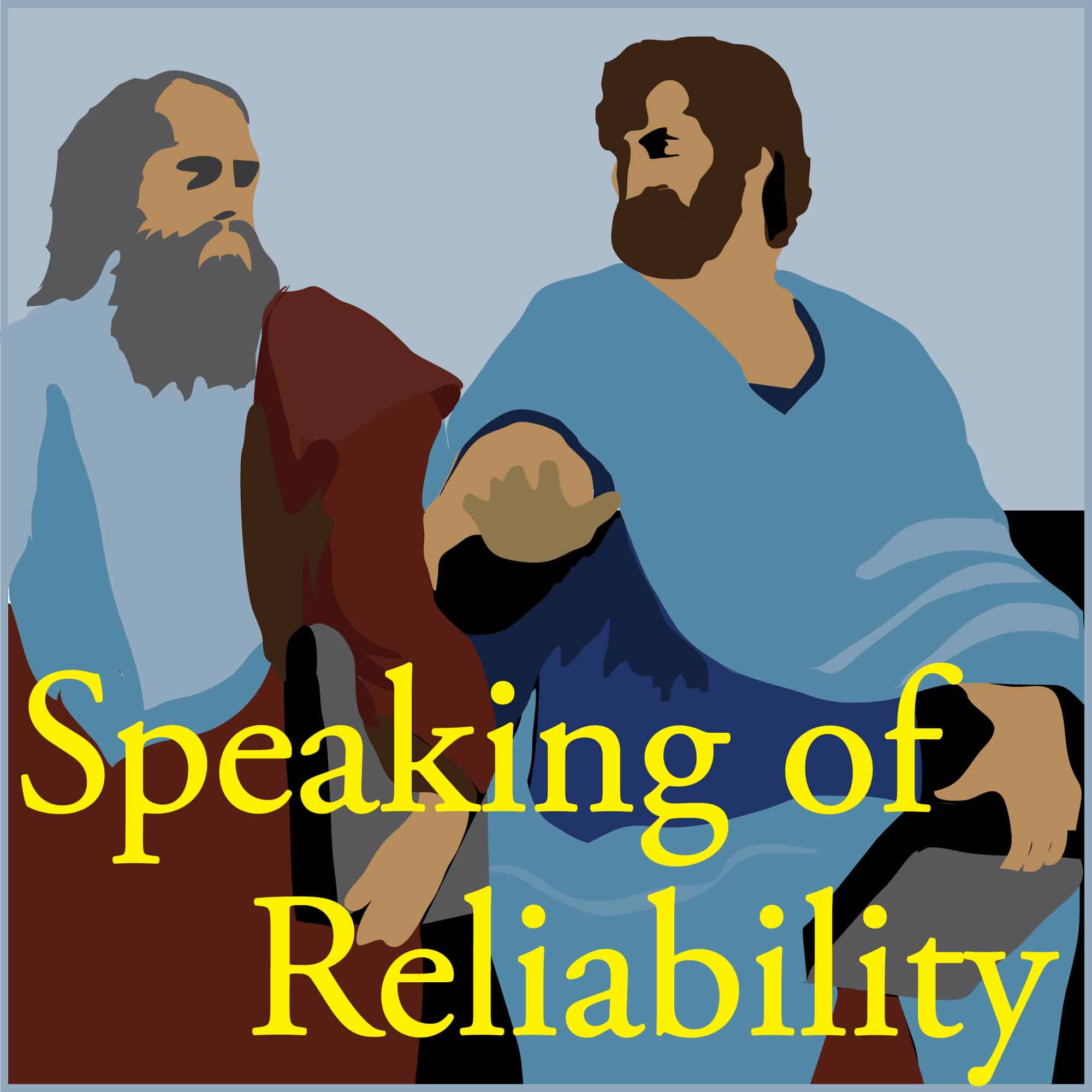

Speaking Of Reliability: Friends Discussing Reliability Engineering Topics | Warranty | Plant Maintenance
Reliability.FM: Accendo Reliability, focused on improving your reliability program and career
Gain the experience of your peers to accelerate improvement of your program and career. Improve your product development process, reliability or warranty performance; or your plant uptime or asset performance. Learn about reliability and maintenance engineering practical approaches, skills, and techniques. Join the conversation today.
Episodes
Mentioned books

Mar 10, 2025 • 0sec
SOR 1051 Reliability and Safety
Reliability and Safety Abstract Carl and Fred discuss the difference between the body of knowledge of reliability and safety, and how they work together. Key Points Join Carl and Fred as they discuss the different roles and responsibilities of reliability and safety activities. Topics include: What is anticipated misuse of a product, and how is […]

Mar 7, 2025 • 0sec
SOR 1050 A Curse of Reliability Engineers
A Curse of Reliability Engineers Abstract Carl and Fred discuss the importance of reliability engineering and customer service working together to increase reliability and safety from the customer point of view. It is very important to understand how customers actually use your product, and customer service staff are uniquely positioned to provide that insight. Key […]

Mar 3, 2025 • 0sec
SOR 1049 The Testing Strategy
The Testing Strategy Abstract Enrico and Fred discuss a couple of ways to approach planning reliability testing. Key Points Join Enrico and Fred as they discuss a question about testing everything or not. Topics include: Testing is expensive and must create a meaningful result. One approach is to test everything – difficult, time-consuming, etc. Another […]

Feb 28, 2025 • 0sec
SOR 1048 Why Set a Reliability Goal
How important are 'reliability goals'? Very. How damaging are random phrases (intentions, objectives, sentiments) that sound like 'reliability goals' but aren't? Very.

Feb 24, 2025 • 0sec
SOR 1047 Review of RAMS 2025
How did the Reliability and Maintainability Symposium (RAMS) 2025 go? Fred and Chris talk about it for this year!

Feb 21, 2025 • 0sec
SOR 1046 Building a Reliability Team
Building a Reliability Team Abstract Dianna and Fred discuss building a reliability team. Key Points Join Dianna and Fred as they discuss building a reliability team. Topics include: the difference between being a manager and building/leading a team. why a reliability program should not rely on one person. the importance of business risk and how […]

Feb 17, 2025 • 0sec
SOR 1045 Complex AI Reliability
Complex AI Reliability Abstract Dianna and Fred discuss complex AI reliability. Key Points Join Dianna and Fred as they discuss complex AI reliability: using AI for complex systems. Topics include: the pitfalls of trusting AI without proper validation and monitoring. how small errors in AI decision-making can compound and lead to unreliable outcomes. why good […]

Feb 14, 2025 • 0sec
SOR 1044 Reliability Engineer or No
Reliability Engineer or No Abstract Enrico and Fred discuss about the role of the reliability engineer in modern organizations. Key Points Join Fred and Enrico in an engaging conversation about the evolving role of the reliability engineer in organizations and the broader question: Should reliability engineering be a dedicated function, or should it be integrated […]

Feb 10, 2025 • 0sec
SOR 1043 Value of Failures
Value of Failures Abstract Kirk and Fred discuss how many companies discard or never get back failed parts or subsystems even though they are high-value gold in the quest to make a more reliable product. Key Points Join Kirk and Fred as they discuss why so few companies realize the value of field failure returns, […]

Feb 7, 2025 • 0sec
SOR 1042 Reliability Tradeoffs
Reliability Tradeoffs Abstract Kirk and Fred discuss the tradeoffs involved in developing a reliable product. Key Points Join Kirk and Fred as they discuss how, during product development, we have to limit the amount of robustness we can achieve so that it is on schedule and cost-competitive. Topics include: HALT is to find weaknesses in […]


